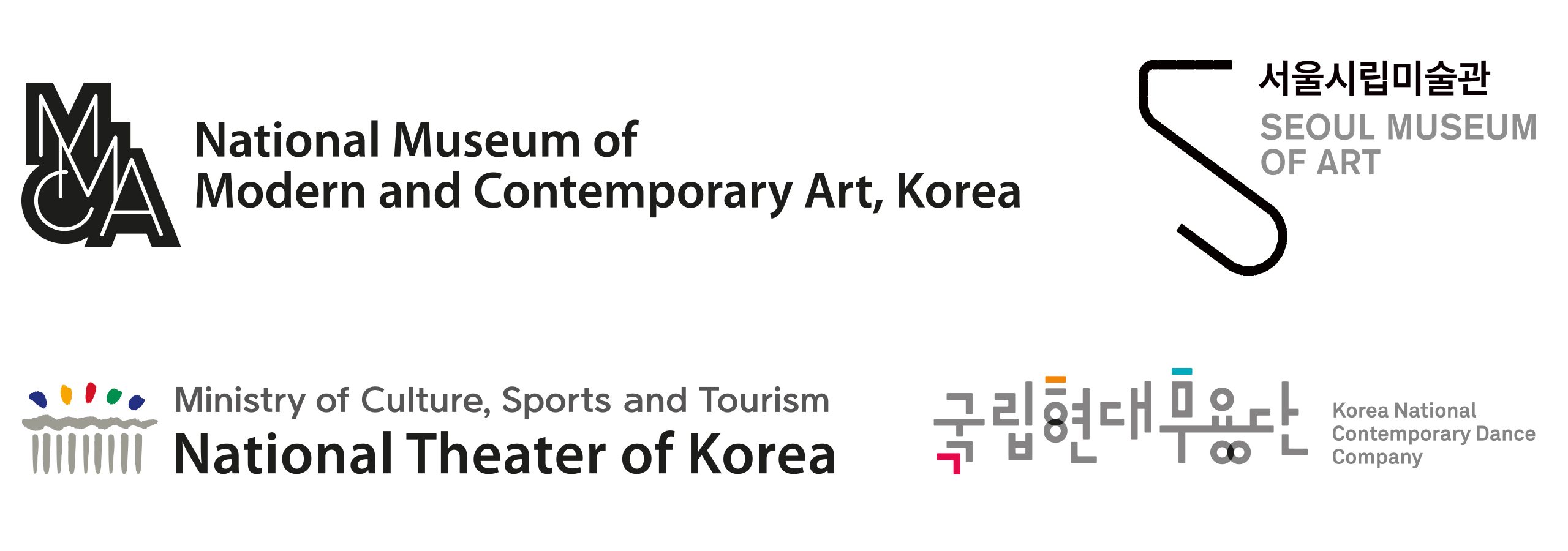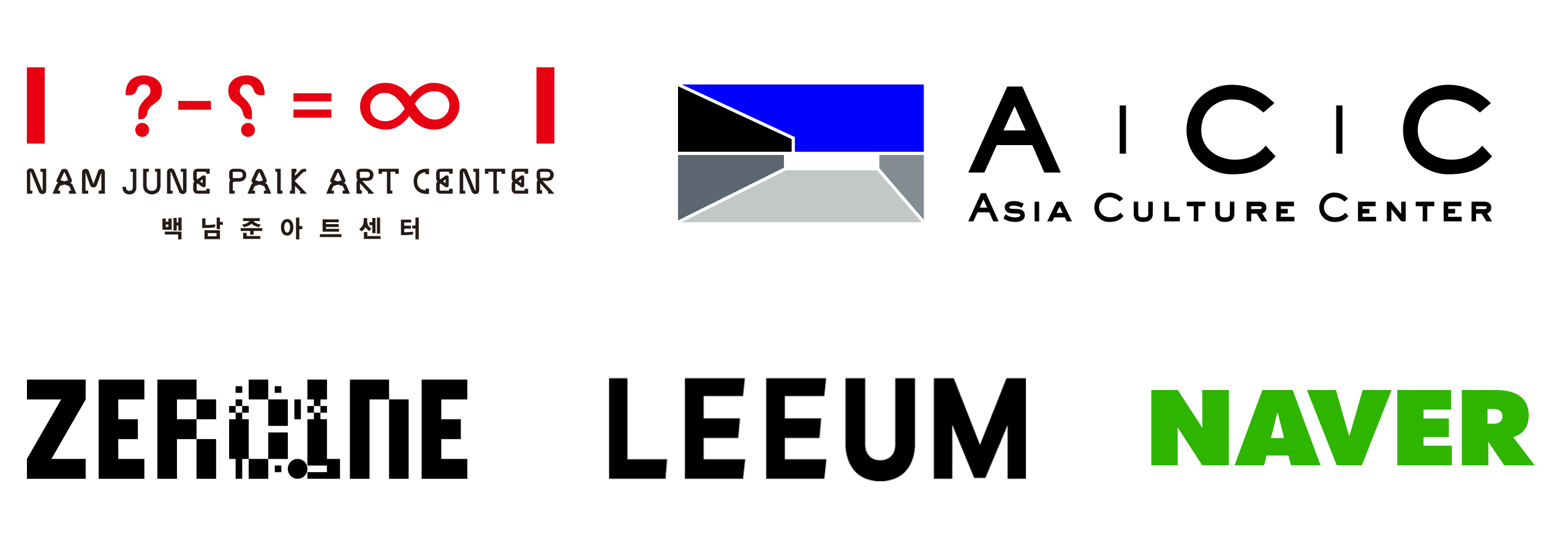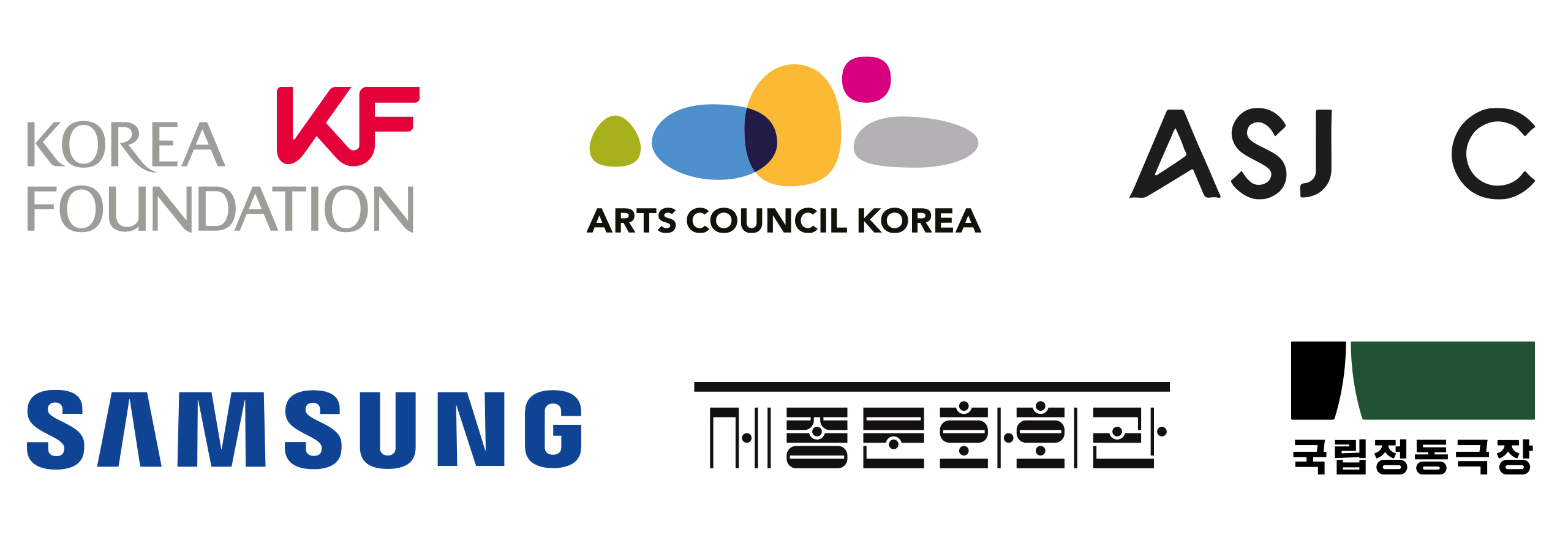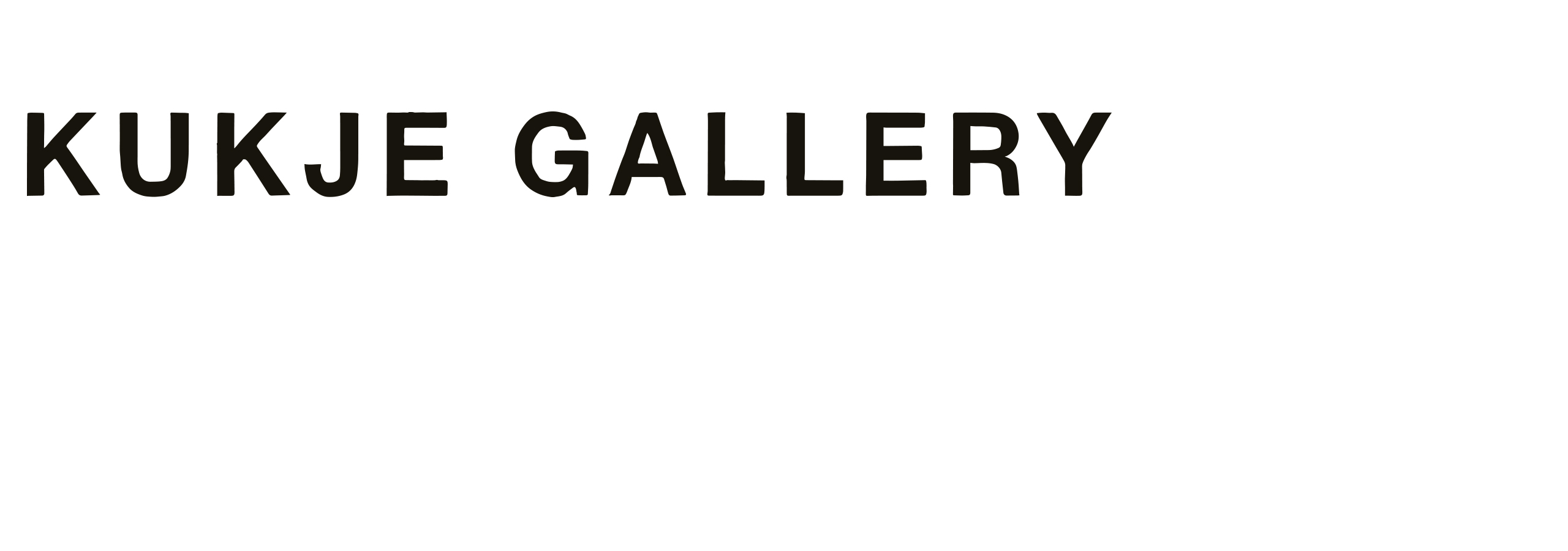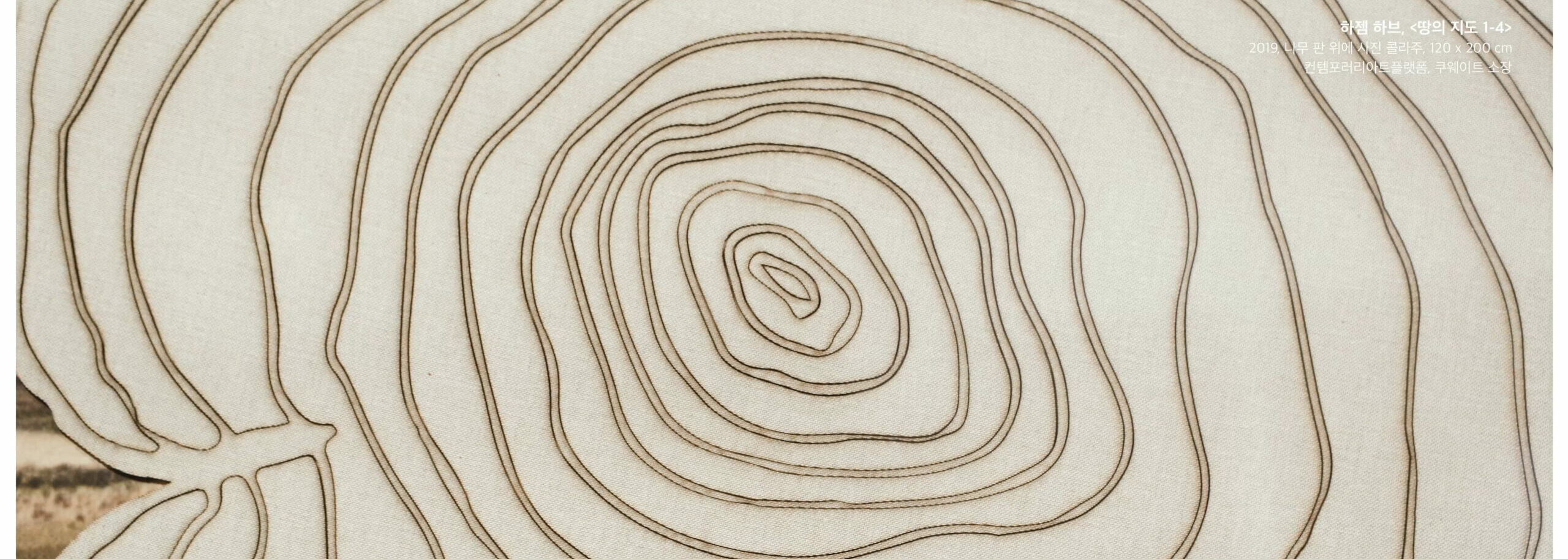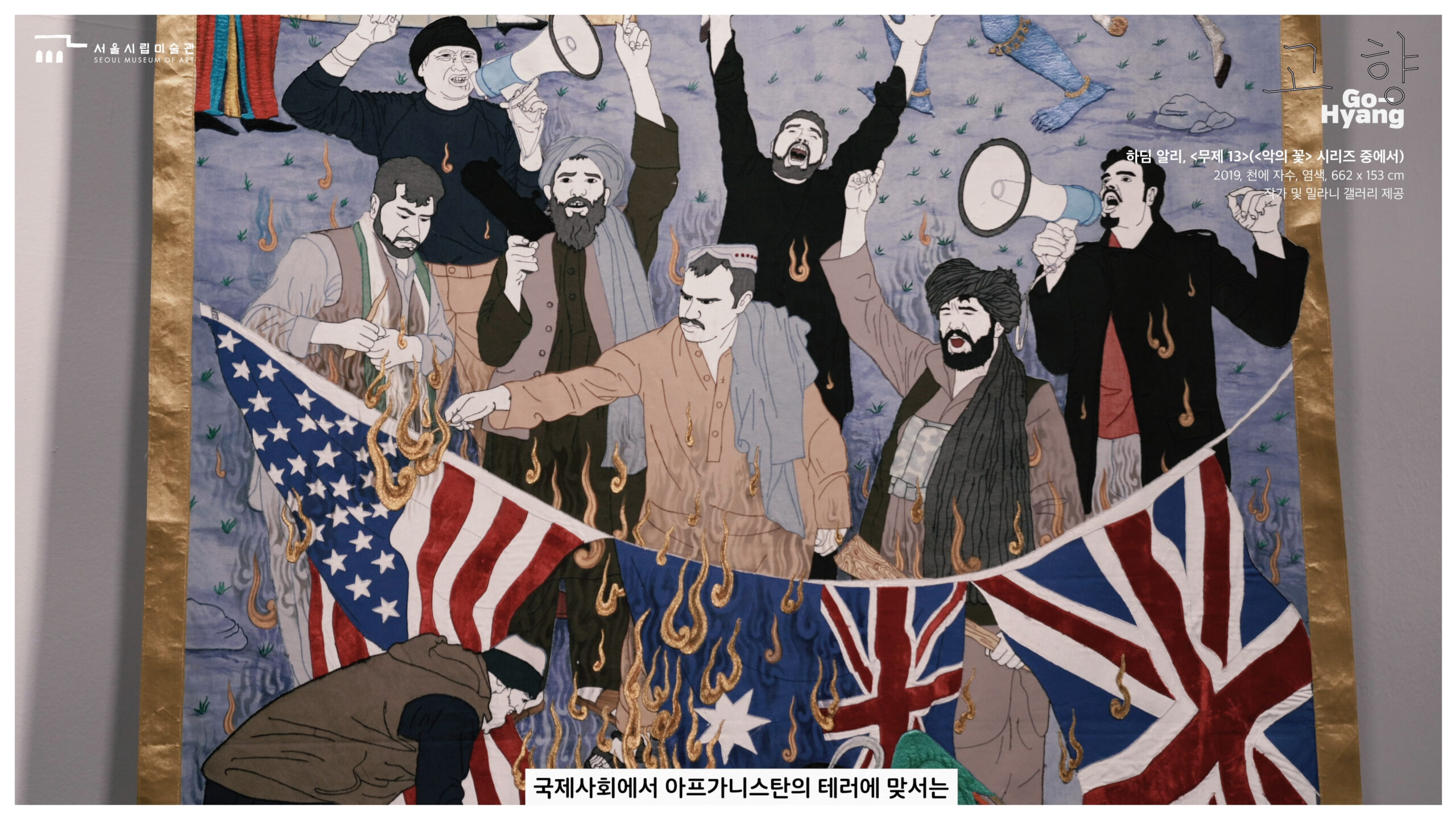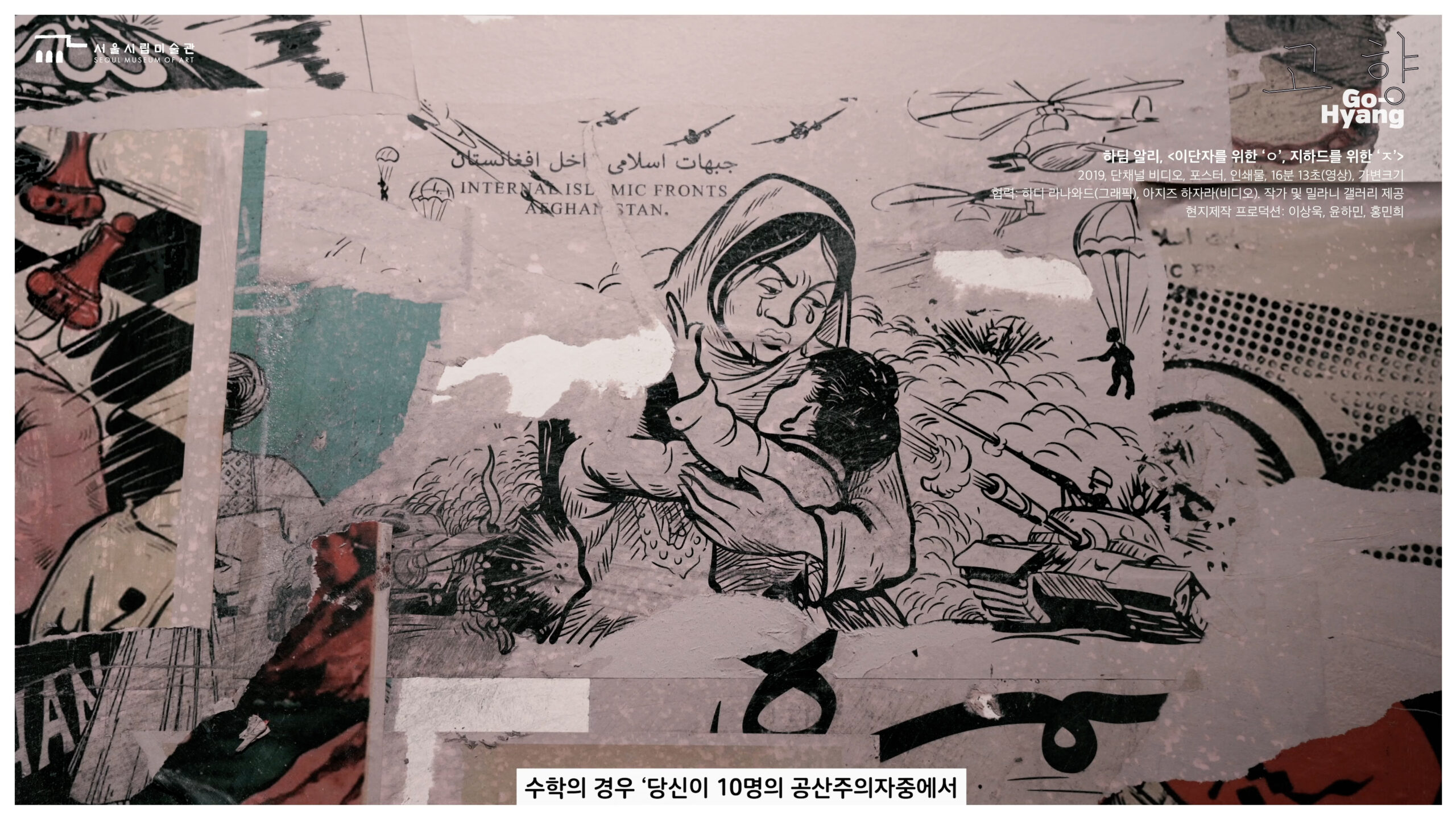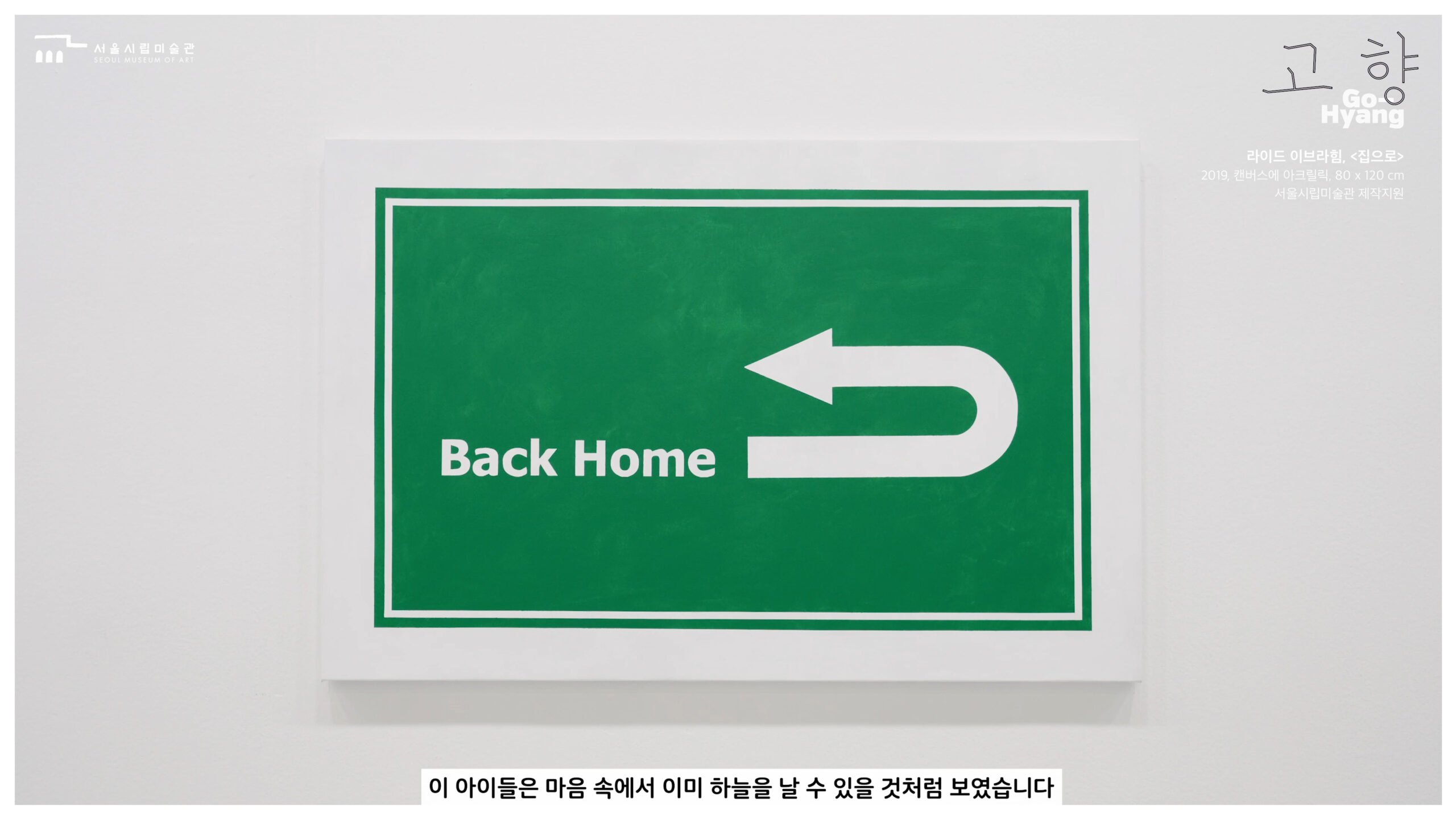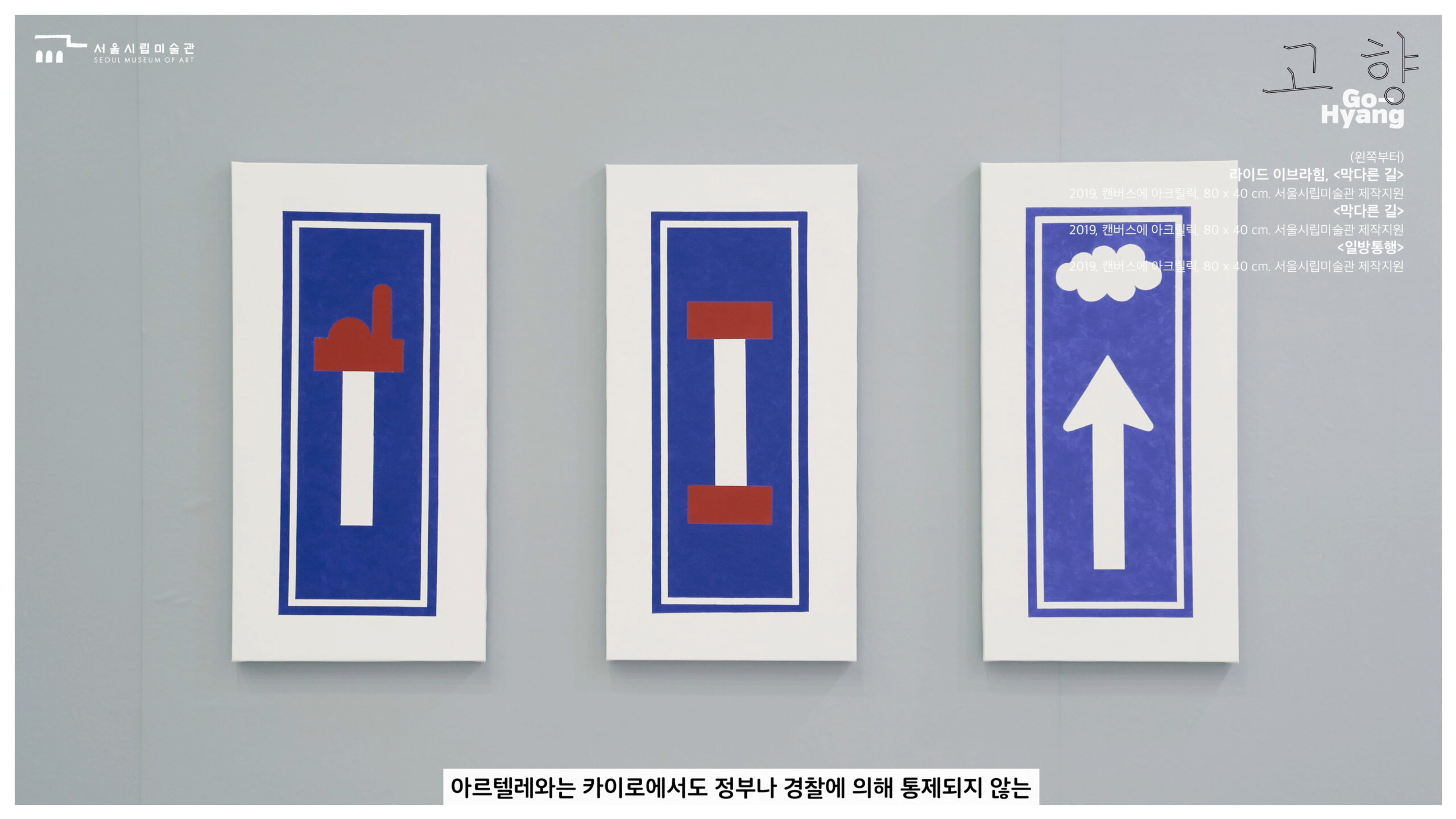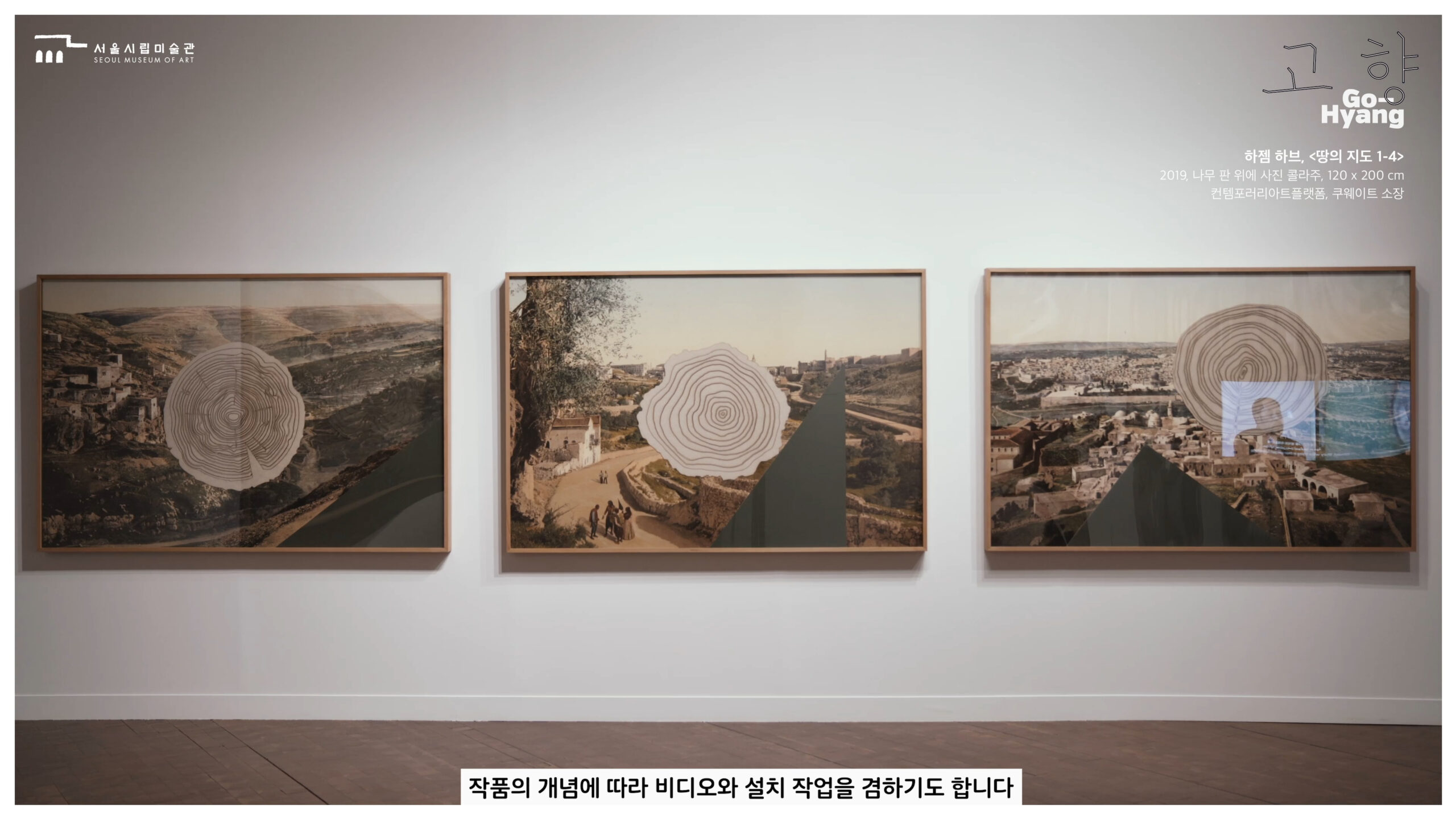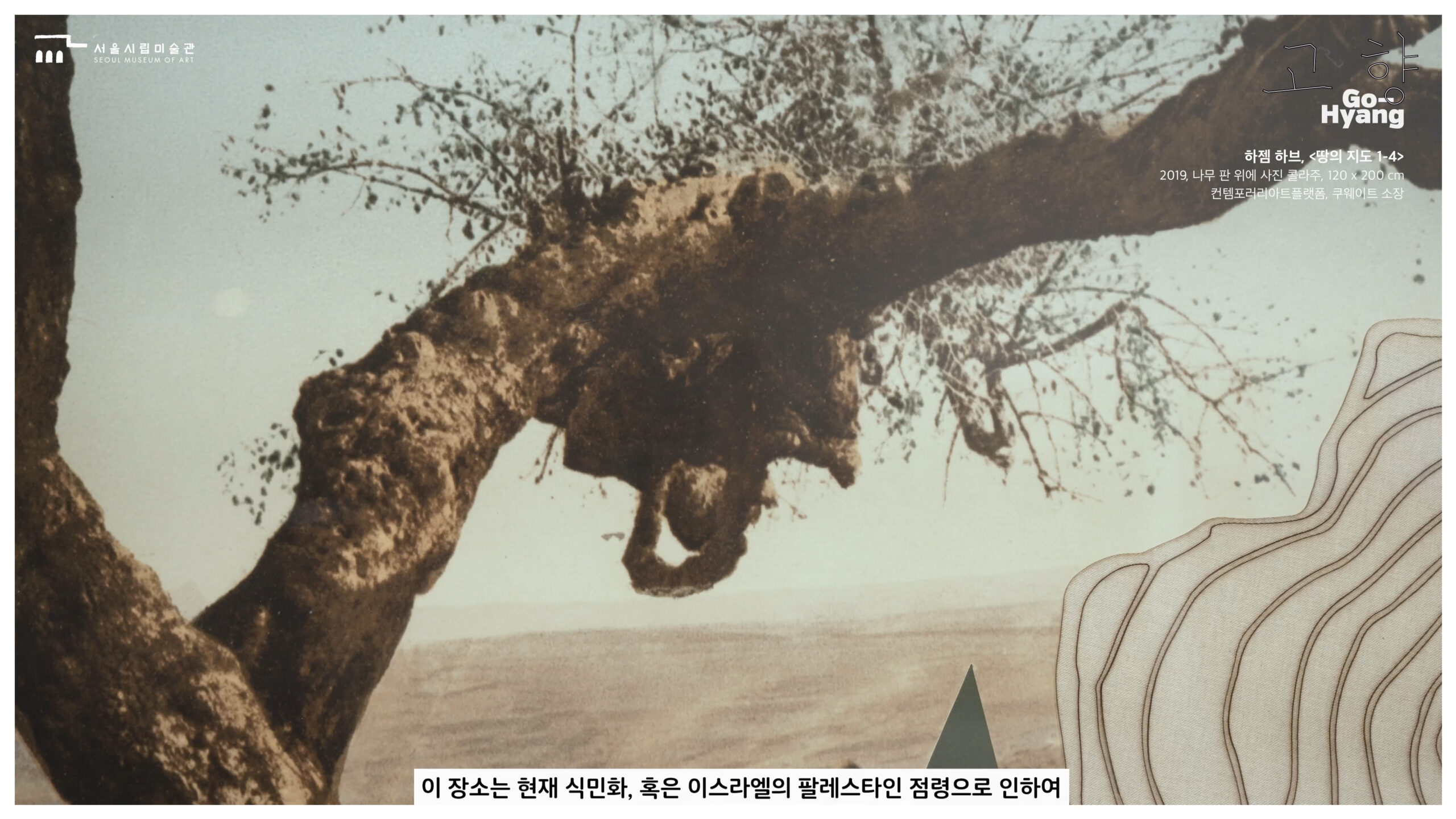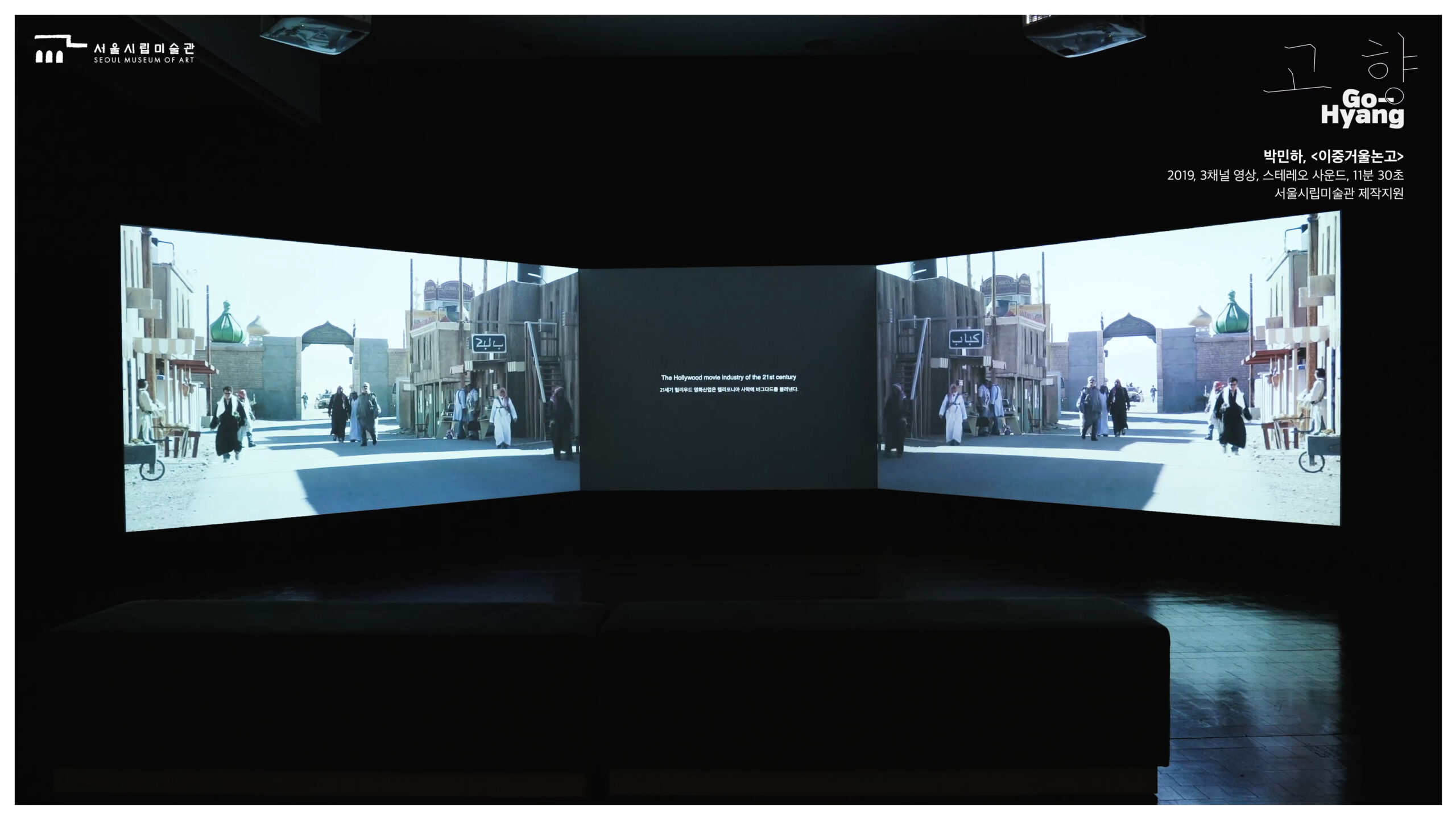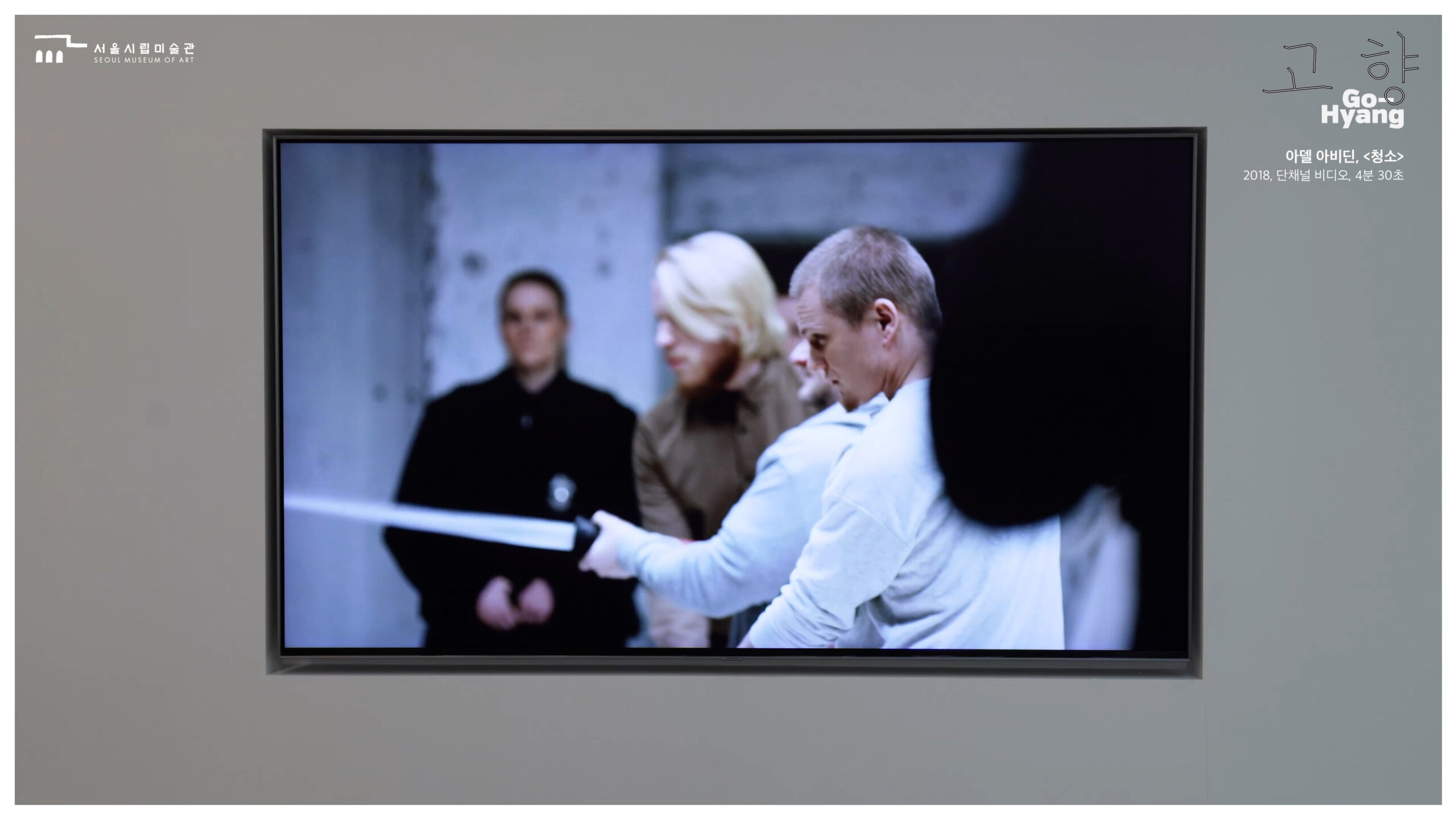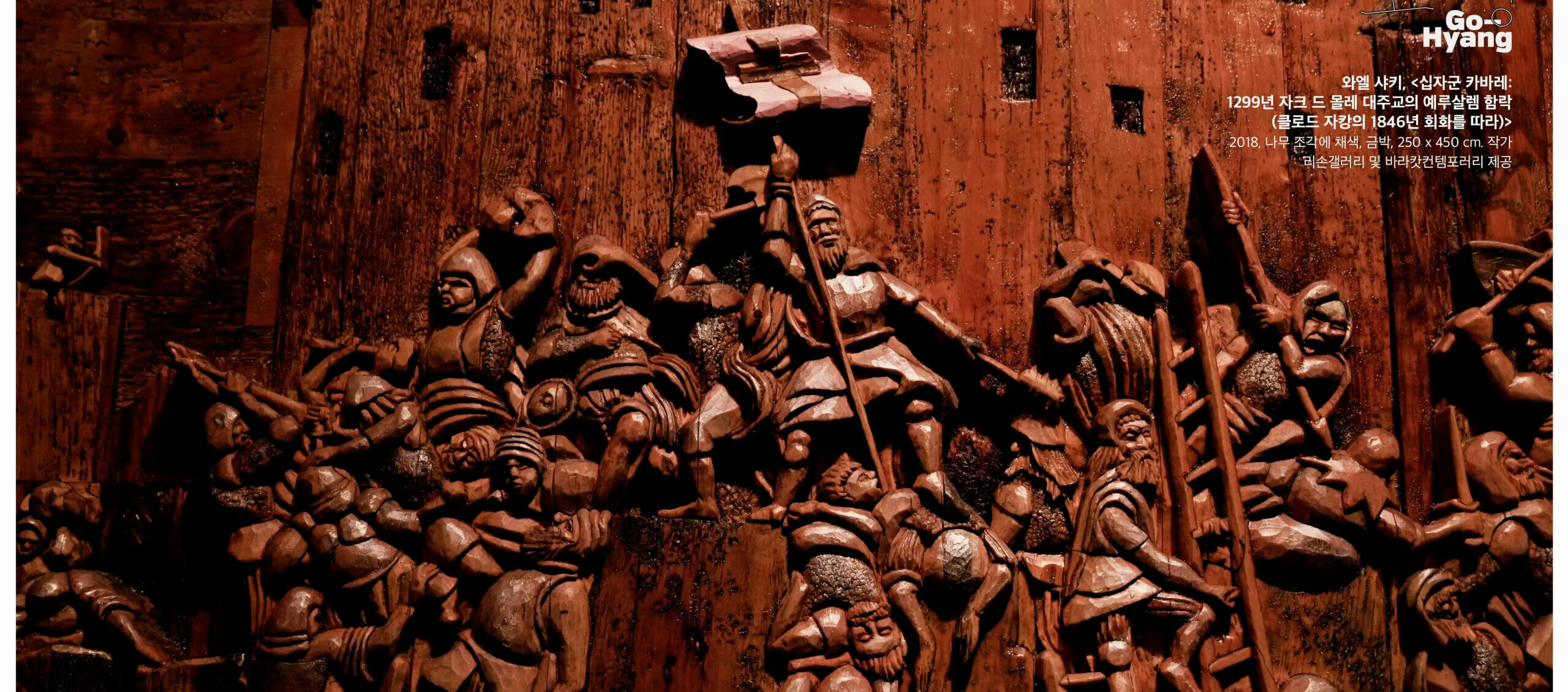이번 전시는 지역미술의 정체성을 다루는 서울시립미술관 비서구권 미술전시 세 번째 시리즈로 2015년 아프리카, 2017년 라틴에 이어 중동 지역의 현대미술을 살펴봅니다. 1970년대 부터 원전을 비롯한 대규모 건설 사업을 위해 중동으로 진출 했던 한국의 여러 기업들에 대한 기억, 각종 뉴스를 통해서만 접하는 중동의 복잡한 문제들, 최근 난민으로 건너온 중동의 사람들에 대한 사회적 편견과 두려움 등 우선적으로 떠오르는 인상들을 생각해보면, 사실 우리는 중동을 잘 알지 못하면서 단편적인 정보를 통해 만들어놓은 선입견만으로 중동을 잘 알고 있다고 착각하고 있을지 모릅니다. 이번 전시는 서울에서는 여전히 낯설게 여겨지는 지리적 의미에서 중동과 아랍이라는 이름의 문화권에 속하는 미술에 대해 생각해보고, 우리도 모르는 사이에 추상적으로만 인식되어버린 중동과 아랍의 세계가 가진 특정성을 다시 주목하여, 존재하기도 전에 잃어버린 장소감을 복구하는 것을 목표로 합니다.
gohyang: home is the third edition of Seoul Museum of Art’s exhibition series Approaching the Non-West. The inaugural exhibition in 2015 focused on Africa, followed in 2017 by a focus on Latin America; in 2019, gohyang: home presents contemporary art from the Middle East. Considering initial impressions, such as memories of several Korean corporations that developed nuclear power plant and other large-scale construction projects in the Middle East since the 1970s, the complicated sociopolitical conditions of the region viewed through the perspective of news media, and social prejudices and fears toward recent refugees arriving in Korea from the Middle East, we may have mistakenly assumed that stereotypes formed through biased information were tantamount to actual knowledge about the Middle East region. The proposed practical tasks of this exhibition are reflecting on Arabic culture and the art it inspires both of which are still seemingly unfamiliar in Seoul, and restoring a sense of place to a region that had already been lost before even existing, by observing the specificity of the Arab world, which has been lost before even existing, by observing the specificity of the Arab world, which has been abstractly expanded and perceived without any authentic knowledge.
– 서울시립미술관 홈페이지 <고향> 전시소개글 중에서


